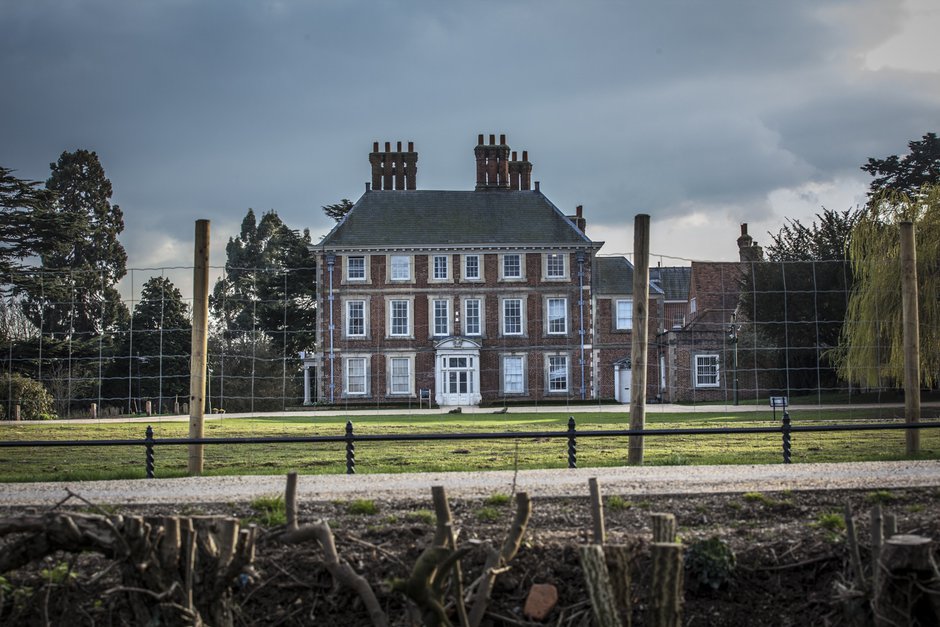
The Wolstenholme Family
The second Nicholas Rainton died in 1698 leaving no direct male heir. As a result, Forty Hall passed to his grandson, Nicholas Wolstenholme, child of Rainton’s only daughter Mary and her husband Sir John Wolstenholme of Minchenden House, Southgate.
Nicholas Wolstenholme was a young man in his early twenties when he inherited Forty Hall. He and his beautiful young wife, Grace Waldo of Pinner, were keen to remodel their new home in the classical style. The historian Gough refers to the removal of all the ‘bow windows’ at this time and of sash windows being added in their place. Internally, the great chamber and withdrawing room were remodelled to create an elegant suite of three inter-connecting rooms, simple marble fire surrounds were added and an extension built to the west of the building.
The date 1708 and initials W G and N have been discovered on lead pipework and suggest that this was when the restoration work commissioned by Grace and Nicholas Wolstenholme was finally completed. By this time however, we know that the young couple were in heavily in debt and that Forty Hall estate had already been placed into the hands of trustees.
The Wolstenholme family had long been embroiled in a legal battleconcerningdebts owed to Nicholas’ great, great-grandfather and although the case was eventually settled in their favour, it was estimated to have cost family ‘above £10,000’ in fees.1712 sawNicholas incarcerated in the notorious Fleet Prison and when he died in four years later Minchenden House and estates in Northamptonshire and Yorkshire had to be sold in order to settle the family’s debts. The beautiful Grace did not remain a widow for long and in 1718 she married William Ferdinand Carey, 8th Baron of Hunsdon.
On Grace Wolstenholme’s death in 1729, Forty Hall passed to her husband’s nieces the Misses Mary and Elizabeth Wolstenholme.

